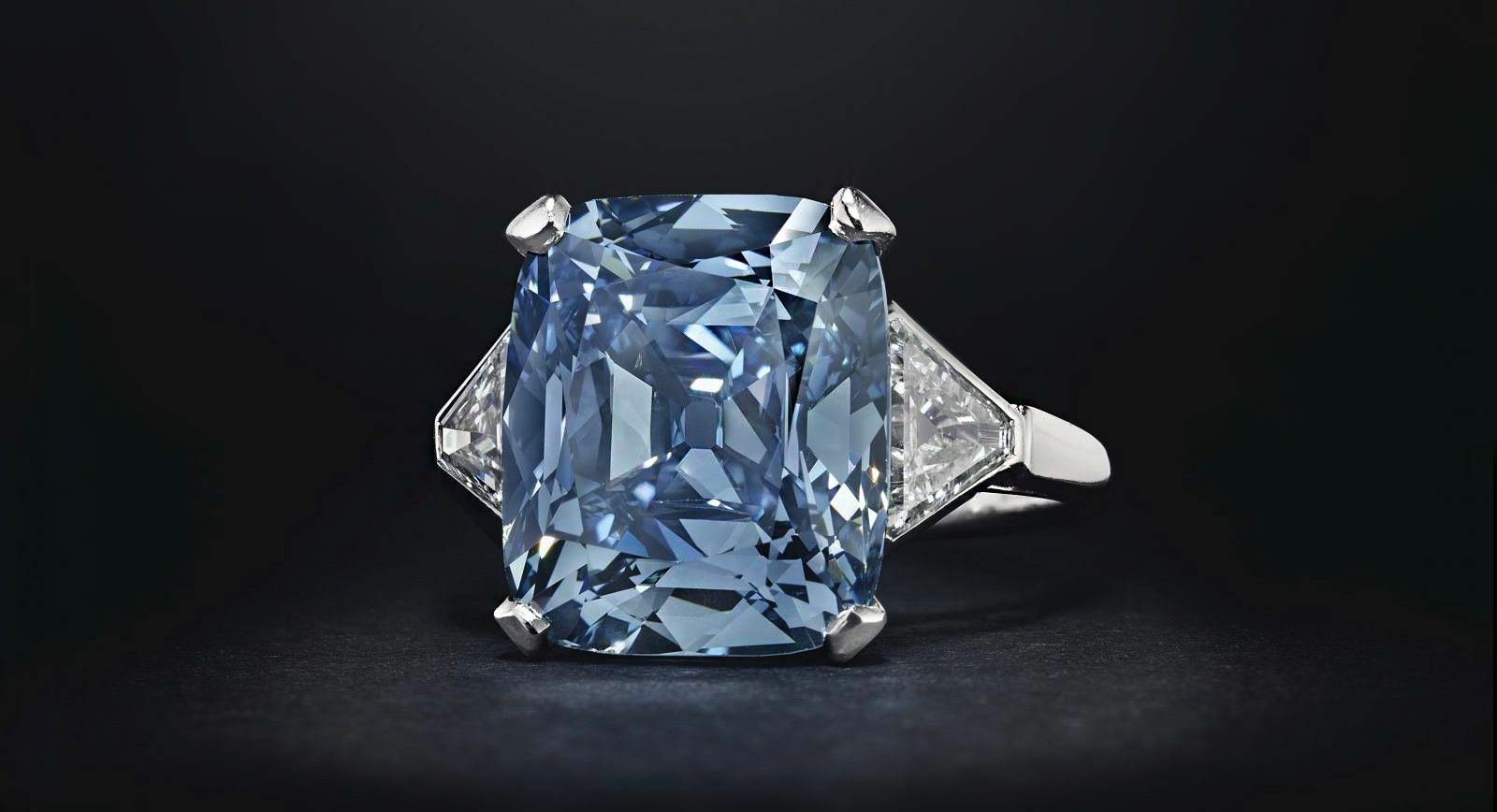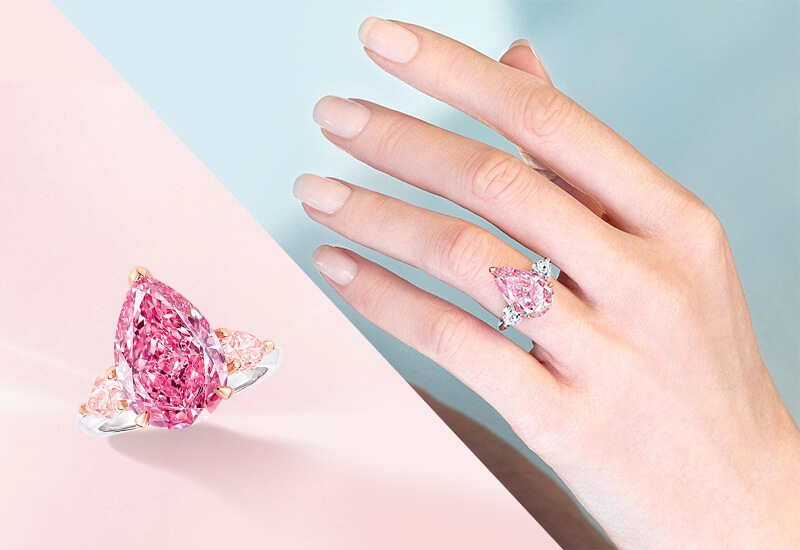Diamonds have long been considered a symbol of luxury, beauty, and enduring love. Traditionally, these precious stones have been mined from the earth, with mining companies extracting diamonds from deep within the earth’s crust. However, in recent years, mined or lab grown diamonds, also known as lab-made or synthetic diamonds, have emerged as a viable alternative to naturally mined diamonds. As technology advances, the debate over the authenticity, value, and environmental impact of mined versus lab-grown diamonds has intensified. In this article, we will explore both types of diamonds and discuss the key differences between them.
Table of Contents
What are Mined Diamonds?
Mined diamonds are naturally occurring stones that are extracted from the earth through extensive mining processes. These diamonds are formed over millions of years under intense pressure and temperature deep within the Earth’s mantle. Once mined, the diamonds are cut and polished to enhance their beauty and brilliance before being sold to consumers. The process of mining diamonds is often labor-intensive, expensive, and environmentally impactful.
One of the key features of mined diamonds is their natural origin. Because they are formed in nature, each diamond is unique, with individual characteristics and qualities that can vary widely. The rarity of these diamonds, combined with their natural beauty, has traditionally made them highly sought after. However, the environmental concerns associated with diamond mining have prompted some people to reconsider whether they want to support the mining industry.
What are Lab-Grown Diamonds?
Lab-grown diamonds, also known as synthetic or lab-made diamonds, are created in controlled laboratory settings that replicate the natural conditions under which diamonds are formed. These diamonds have the same physical, chemical, and optical properties as mined diamonds, but they are created much more quickly. There are two primary methods used to create lab-grown diamonds: High Pressure High Temperature (HPHT) and Chemical Vapor Deposition (CVD). Both processes create diamonds that are virtually identical to mined diamonds in terms of appearance, hardness, and durability.
Lab-grown diamonds have gained significant popularity due to their ethical and environmental benefits. Unlike mined diamonds, which can contribute to deforestation, pollution, and exploitation, lab-grown diamonds are made with minimal impact on the environment. Additionally, lab-grown diamonds are often more affordable than their mined counterparts, making them an attractive option for budget-conscious consumers.
Differences Between Mined and Lab-Grown Diamonds
While mined and lab-grown diamonds are physically identical, there are several key differences that set them apart. One of the main distinctions is their origin. Mined diamonds are extracted from the earth, whereas lab made diamonds are created in a laboratory. This difference can affect how consumers perceive the value of the diamond. Many people still place a premium on naturally mined diamonds due to their rarity and natural origins, even though lab-grown diamonds are chemically identical.
Another difference is the environmental and ethical implications. Mined diamonds can have a significant environmental impact, including deforestation, water pollution, and habitat destruction. Furthermore, the diamond mining industry has been associated with human rights violations in some parts of the world, which has led to increased scrutiny of the industry. Lab-grown diamonds, on the other hand, are produced in a controlled environment, with little to no environmental damage and a much smaller carbon footprint.
Cost is also a significant factor when it comes to choosing between mined and lab-grown diamonds. Lab-grown diamonds tend to be more affordable than mined diamonds, sometimes costing up to 40% less. This price difference is primarily due to the lower production costs associated with creating diamonds in a lab setting. For consumers looking for a more budget-friendly option, lab-grown diamonds can be an attractive alternative.
The Value of Mined Diamonds
Despite the rise in popularity of lab-grown diamonds, many people still value mined diamonds for their natural origins and rarity. Mined diamonds are considered a traditional symbol of luxury and are often used in high-end jewelry, such as engagement rings and necklaces. The rarity of mined diamonds, combined with the extensive mining process, can make them more valuable in the eyes of some consumers.
Furthermore, the diamond industry has established a set of standards for evaluating diamonds, known as the Four Cs—cut, color, clarity, and carat weight. These standards apply to both mined and lab-grown diamonds, which means that both types of diamonds can be assessed and valued in the same way. However, due to the limited availability of mined diamonds, they can command a higher price on the market.
The Rise of Lab-Grown Diamonds
While mined diamonds have been the go-to choice for generations, lab-grown diamonds have been gaining ground as a more ethical and environmentally friendly alternative. As technology improves, lab-grown diamonds have become more affordable and accessible to a wider range of consumers. Many people now see lab-grown diamonds as an ideal option for those who want the beauty and durability of a diamond without the ethical concerns associated with mining.
Lab-grown diamonds also offer the opportunity for customization. Because they are created in a lab, consumers can choose from a wider range of shapes, sizes, and colors. This level of flexibility can make lab-grown diamonds a more attractive option for those seeking something unique.
Which One Should You Choose?
The decision between mined and lab-grown diamonds ultimately comes down to personal preference and values. If you are drawn to the idea of owning a rare, natural gemstone that has been formed over millions of years, then a mined diamond might be the right choice for you. However, if you are more concerned about the environmental impact of your purchase or want a more affordable option, lab-grown diamonds offer an excellent alternative.
In the end, both mined and lab-grown diamonds offer stunning beauty and durability, and both have their unique advantages. By understanding the differences between the two, you can make an informed decision that aligns with your values and priorities.
Conclusion
In conclusion, both mined and lab-grown diamonds offer beauty, durability, and prestige. Mined diamonds are rare and natural, making them highly valued in traditional markets. However, lab-grown diamonds are becoming increasingly popular due to their ethical and environmental benefits, as well as their lower cost. Whether you choose a mined or lab-grown diamond, you can be confident that you’re investing in a beautiful and timeless piece of jewelry.




